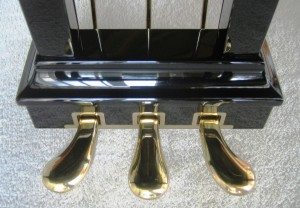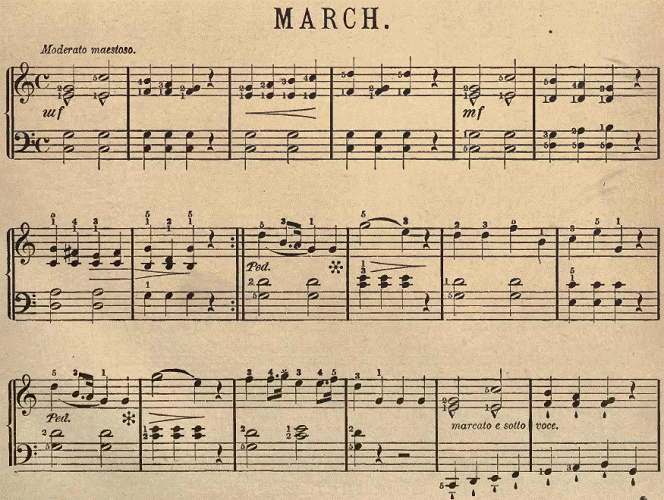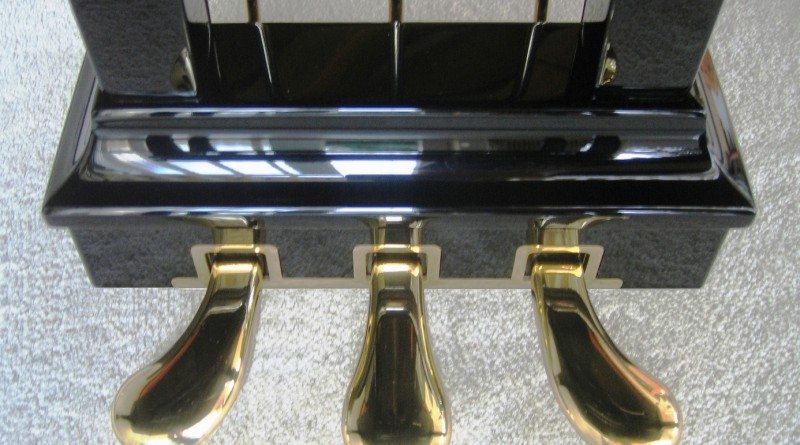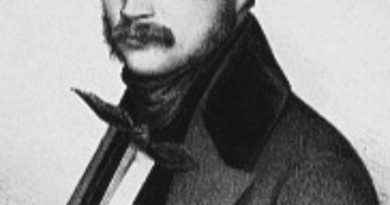Piano Pedal and music harmony
In order to obtain a correct understanding of the use of the pedal, the study of harmony is necessary. The student will, therefore, take in hand the subject of common chord and dominant chord, as given in the harmony lessons attached to this book.

Fine taste is required to us the pedal properly, especially when its use is not indicated but is left to the player. Many players are in the habit of putting the foot upon the loud pedal, as soon as they begin to play, and generally, they hold it down until they cease playing. It would be far preferable not to use the pedal at all, than thus to abuse it. This abuse of the pedal is caused by a lack of proper understanding of its object and effect. Often, however, it is used for the purpose of covering up mistakes. When playing exercises the pedal should not be used.
The soft pedal at the piano
The pedal to the left side is commonly called the soft pedal. When using it on square pianos, little felt slips are moved between the hammers and the strings, and as the hammers do not strike the strings directly, a muffled sort of a tone is produced.
In grand pianos, the left pedal moves the keyboard to one side, by which operation the hammers strike only one or two strings instead of three. The soft pedal is indicated by the term “una corda”, meaning one string, and its release is indicated by the letters T. C., or the words Tre Corde, three strings (3C.)
A proper use of the pedal improves a piece of music, an improper use injures it. Be therefore very cautious in using it. Many pieces do not admit of the use of the pedals, others again should not be played without them. Should the pupil find it difficult to use the pedal, the teacher may somewhat facilitate matters by drawing a line between the two staffs or below the bass staff, on which he may indicate in notes how long the pedal is to be used.
Example for learning to use the piano pedals
March
Moderate maestoso.


“Marcato”means emphasized. “Sottovove”means with a suppressed, soft voice. “Con spirito”stands for spirited, with spirit. Observe the use of the pedal, also notice the staccato style of playing.



